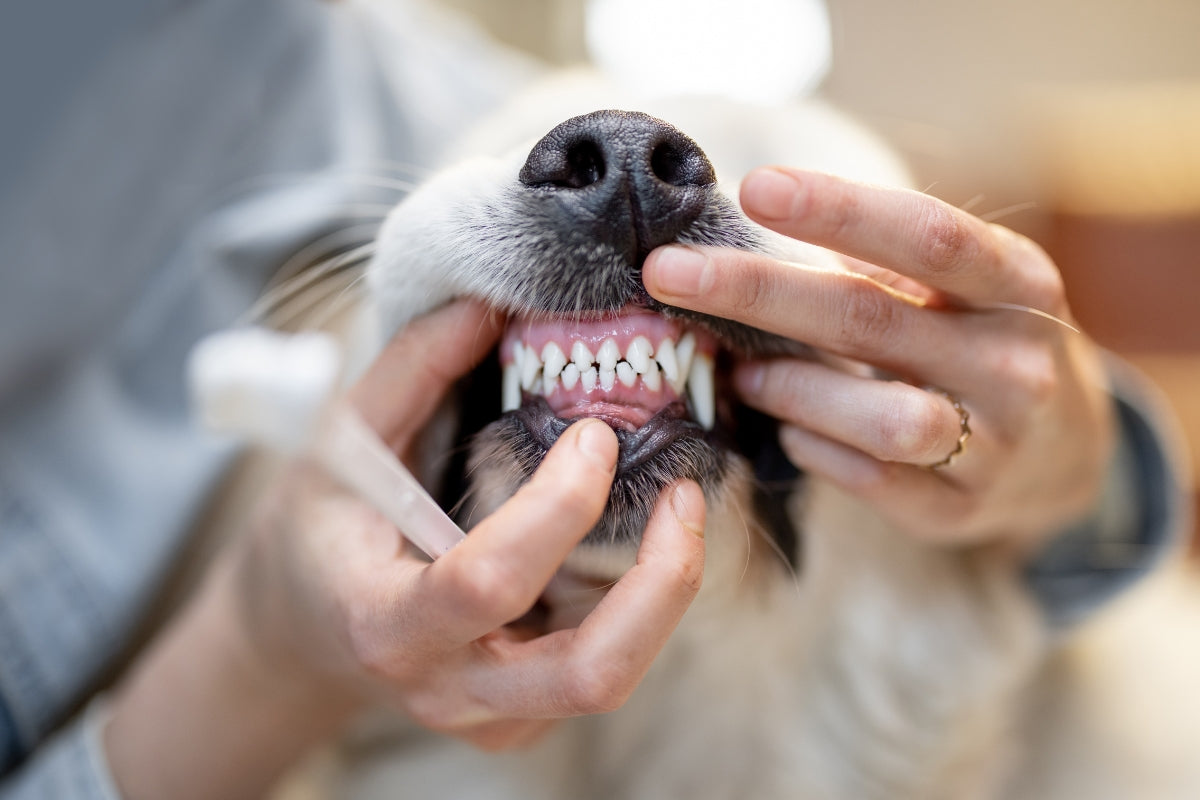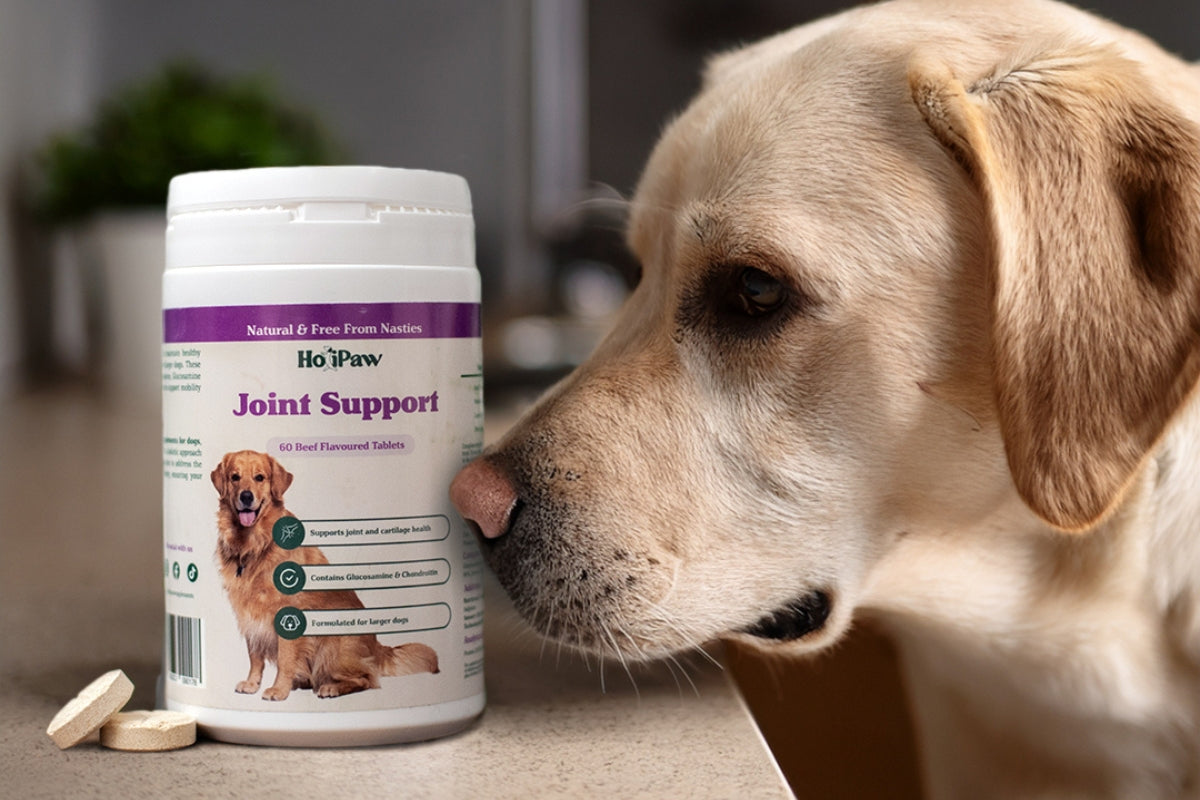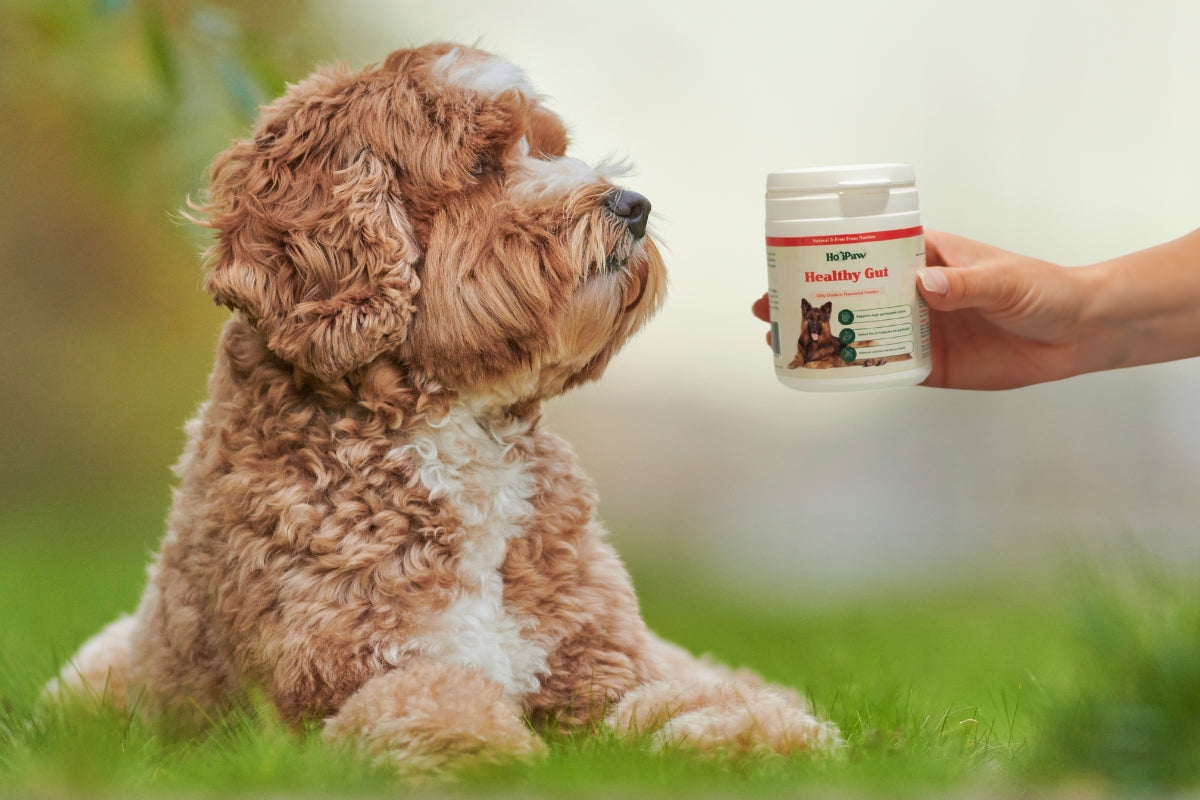While it’s not always easy to tell, paying attention to subtle changes in your pup's behaviour, eating habits or oral appearance can help you catch problems early and prevent more serious issues down the line.
What causes dental problems in dogs?
Plaque and tartar build-up
Plaque forms naturally on your dog's teeth and if it isn't removed through regular brushing or dental care, it hardens into tartar. This can lead to inflammation, gum disease and bad breath.
Gum disease
Gum disease often starts with gingivitis which causes red, swollen gums. If untreated, it can progress to periodontitis, damaging the structures supporting the teeth and even affecting internal organs over time.
Tooth injury or decay
Chewing hard objects or trauma to the mouth can lead to broken or decaying teeth. Dogs may try to hide the pain, so early detection is essential.
Genetics and breed predisposition
Some breeds (particularly small or brachycephalic dogs like Pugs and Bulldogs) are more prone to dental problems due to the shape of their mouths and crowded teeth.
What are the early signs of dental disease?
Dog bad breath
Persistent bad breath is often one of the first signs of dental issues. While a mild odour may be normal, a strong, foul smell can indicate gum disease or tooth decay.
Changes in eating habits
Dogs with dental discomfort may chew on one side of their mouth, drop food or show reluctance to eat hard kibble. Reduced appetite can also occur if chewing becomes painful.
Pawing at the mouth or drooling
Excessive drooling, pawing at the mouth or rubbing their face on the floor or furniture can indicate discomfort or pain in the mouth.
Red or swollen gums
Healthy gums are usually pink. Red, swollen or bleeding gums are a strong sign of gingivitis or early gum disease.
Loose or broken teeth
Loose teeth, teeth that appear discoloured or visible damage can signal serious dental problems that require veterinary attention.
Behavioural changes
Dogs may become more withdrawn, irritable or reluctant to be touched around the head or mouth. Some dogs may hide their discomfort, so behavioural changes are important to monitor.
How to prevent it?
One of the most effective ways to prevent dental disease is by making teeth cleaning a regular part of your dog’s routine. Always use a toothpaste made specifically for dogs, as human toothpaste is not safe for them. If your pooch isn’t a fan of brushing, we recommend using Clean Teeth natural dog toothpaste. Its unique combination of enzymes and silica bead complex helps to prevent plaque formation while also breaking down existing plaque and tartar. Not only does it support cleaner teeth and healthier gums, but it also helps to reduce bad breath, keeping your dog’s mouth fresh and healthy.
👉 Tip: Aim to clean your dog’s teeth at least three times per week. Read more about how to clean dog teeth →




Leave a comment
This site is protected by hCaptcha and the hCaptcha Privacy Policy and Terms of Service apply.